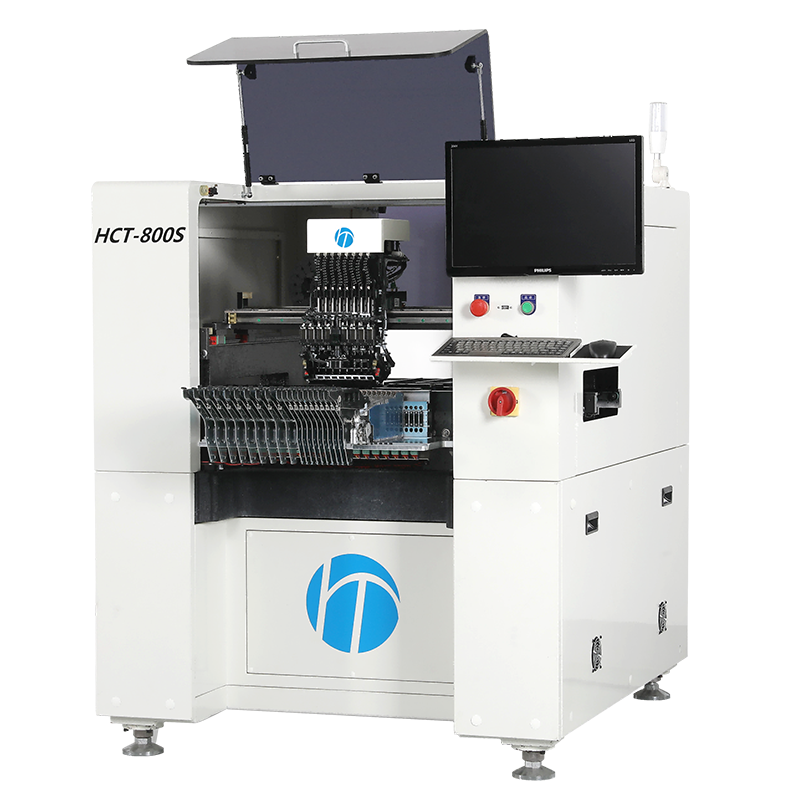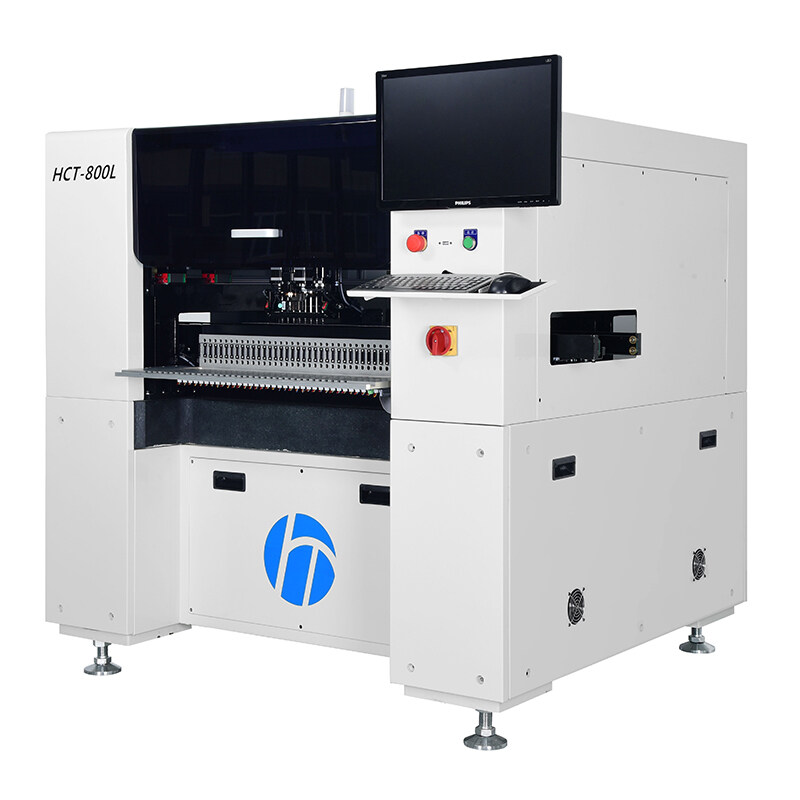メールフォーマットエラー
emailCannotEmpty
emailDoesExist
pwdLetterLimtTip
inconsistentPwd
pwdLetterLimtTip
inconsistentPwd


Maximizing Efficiency with SMT Surface Mounting Machines
In the ever-evolving landscape of electronics manufacturing, efficiency is paramount. As technology advances, so too must the tools and processes used in the production of electronic components. Among these tools, the SMT (Surface Mount Technology) Surface Mounting Machine stands out as a cornerstone in modern manufacturing facilities. In this comprehensive guide, we'll delve into the intricacies of SMT surface mounting machines, exploring their capabilities, advantages, and best practices for optimizing efficiency.
Understanding SMT Surface Mounting Machines
What is an SMT Surface Mounting Machine?
An SMT surface mounting machine is a sophisticated piece of equipment used in electronics manufacturing to automate the process of placing surface-mount components onto printed circuit boards (PCBs). These machines have revolutionized electronics assembly by offering high precision, speed, and efficiency compared to traditional through-hole assembly methods.
The Components of an SMT Surface Mounting Machine
- Feeder System: Feeder systems are the lifeline, supplying electronic components to the machine for placement onto the PCB. These systems come in various configurations, including reel-to-reel, tape, and tray feeders, each suited for different types of components.
- Placement Head: The placement head is the workhorse of the SMT machine, responsible for accurately picking up components from the feeders and placing them onto the PCB. Modern machines often feature multiple placement heads to increase throughput, with each head equipped with vacuum nozzles tailored to different component sizes and shapes.
- Vision System: The vision system provides real-time feedback to the machine, allowing it to precisely position components on the PCB. High-resolution cameras capture images of the PCB and components, which are then analyzed by advanced software algorithms to determine placement coordinates and orientation. This ensures accurate alignment, even on densely populated boards with fine-pitch components.
- Conveyor System: The conveyor system transports PCBs through the machine, facilitating continuous assembly. Adjustable rails and variable speed control allow for flexibility in handling boards of different sizes and shapes, while integrated sensors ensure smooth flow and prevent collisions between boards.
Advantages of SMT Surface Mounting Machines
Enhanced Precision and Accuracy
The precision and accuracy are unparalleled, thanks to advanced vision systems and robotic placement heads. These machines can achieve placement tolerances of mere microns, ensuring consistent assembly quality and minimizing the risk of defects or misalignments.
Increased Throughput and Efficiency
By automating the component placement process, the mounting machines significantly increase manufacturing throughput and efficiency. Compared to manual assembly methods, which are labor-intensive and prone to errors, these machines can place hundreds or even thousands of components per hour, depending on the complexity of the board. This not only reduces production time but also lowers labor costs and improves overall productivity.
Versatility and Flexibility
The mounting machines are highly versatile and adaptable to a wide range of component types and PCB designs. From passive components like resistors and capacitors to complex integrated circuits (ICs) and connectors, these machines can handle diverse component sizes and form factors with ease. Additionally, their modular design allows for quick reconfiguration to accommodate changes in production requirements, making them ideal for high-mix, low-volume manufacturing environments.
Best Practices for Optimizing Efficiency
1. Proper Machine Calibration
Calibration is crucial to ensure that an SMT surface mounting machine operates at peak performance. Regular calibration of placement heads, vision systems, and feeder mechanisms helps maintain accuracy and consistency in component placement. Additionally, periodic calibration checks verify the machine's performance and identify any deviations that may require adjustment or recalibration.
2. Efficient Feeder Setup
Optimizing feeder setup is essential for minimizing downtime and maximizing throughput. Organize feeders logically based on component placement sequence, grouping similar components together to reduce tool changeover time. Additionally, regularly replenish feeders to prevent interruptions in the assembly process and utilize smart feeder management software to streamline feeder setup and maintenance tasks.
3. Streamlined Programming
Efficient programming of component placement sequences is key to maximizing machine efficiency. Utilize software features such as batch processing and optimization algorithms to minimize tool travel time and optimize placement paths. Additionally, leverage machine learning algorithms to analyze historical placement data and identify opportunities for further optimization, such as component clustering or placement sequence optimization.
4. Continuous Monitoring and Maintenance
Regular monitoring and maintenance are essential for preventing unexpected downtime and ensuring long-term reliability. Implement a proactive maintenance schedule, including routine cleaning, lubrication, and inspection of critical machine components. Additionally, utilize predictive maintenance techniques, such as vibration analysis or thermal imaging, to detect potential issues before they escalate into major problems.
5. Operator Training and Skill Development
Invest in comprehensive training programs to ensure that machine operators are proficient in operating and maintaining SMT surface mounting machines. Empower operators with the knowledge and skills needed to troubleshoot common issues, such as feeder jams or placement errors, and optimize machine performance. Additionally, provide ongoing training and skill development opportunities to keep operators up-to-date with the latest advancements in machine technology and best practices.
Conclusion
In conclusion, SMT surface mounting machines are indispensable tools in modern electronics manufacturing, offering unparalleled precision, efficiency, and versatility. By understanding the components and capabilities of these machines and implementing best practices for optimization, manufacturers can maximize throughput, minimize downtime, and maintain consistently high-quality assembly. As technology continues to advance, SMT surface mounting machines will undoubtedly remain at the forefront of innovation, driving the evolution of electronics manufacturing and enabling the creation of increasingly sophisticated and reliable electronic devices.

